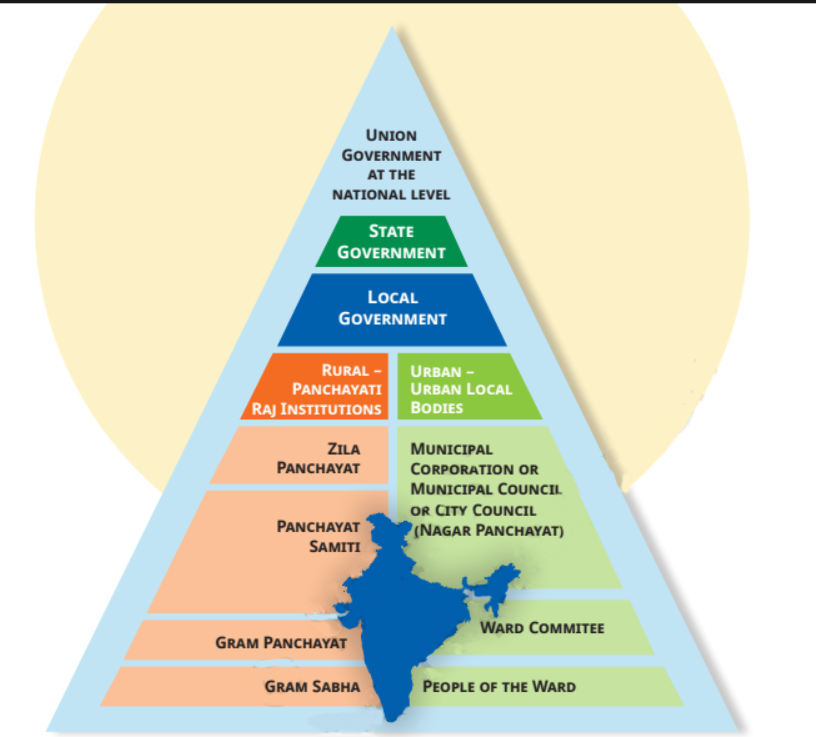Social Science Chapter 12 Grassroots Democracy – Part 3 Local Government in Urban Areas Class 6 Notes PDF - Download for FREE
FAQs on Grassroots Democracy – Part 3 Local Government in Urban Areas Class 6 Notes: CBSE Social Science Chapter 12
1. What is the focus of Chapter 12 in Class 6 Social Science?
Chapter 12: Grassroots Democracy – Part 3 Local Government in Urban Areas focuses on how local government works in cities and towns. It covers the roles and responsibilities of municipal bodies and city councils.
2. What are the main functions of municipal corporations according to Chapter 12?
Class 6 Social Science Chapter 12 explains that municipal corporations manage various urban services like waste disposal, road maintenance, and water supply to ensure the city runs smoothly.
3. How are local government officials elected in urban areas as per Chapter 12?
Chapter 12: Grassroots Democracy – Part 3 details the election process for local government officials, such as mayors and councillors, highlighting how citizens vote to choose their representatives.
4. What are some key responsibilities of city councils in Class 6 Social Science Chapter 12?
In Chapter 12, city councils are responsible for planning and managing local services, including education, health, and public infrastructure, to improve the quality of life in urban areas.
5. How can I use the revision notes for Chapter 12 to prepare for exams?
Class 6 Social Science Chapter 12 revision notes will help you by summarizing key points, terms, and concepts, making it easier to review and understand the roles and functions of urban local governments.
6. Why is understanding local government important according to Chapter 12?
Chapter 12: Grassroots Democracy – Part 3 shows that understanding local government helps us appreciate how our cities are managed and encourages us to participate in local elections and community activities.
7. What should I focus on while studying Chapter 12 for Class 6 Social Science?
Focus on the structure of urban local governments, their functions, and the election process as detailed in Chapter 12. Knowing these aspects will help you understand how cities are governed.
8. What are the roles of a mayor according to Chapter 12 in Class 6 Social Science?
Chapter 12: Grassroots Democracy – Part 3 explains that a mayor leads the city council, represents the city in official matters, and oversees the implementation of municipal policies and services.
9. How do municipal bodies help in urban planning, as discussed in Chapter 12?
Class 6 Social Science Chapter 12 describes that municipal bodies plan and develop urban areas by managing land use, constructing infrastructure, and ensuring that city services meet residents' needs.
10. What are some examples of services managed by urban local governments in Chapter 12?
Chapter 12 provides examples such as waste collection, street lighting, and public transportation, highlighting how these services are essential for maintaining city life and functionality.
11. How does Chapter 12 explain the impact of local government decisions on daily life?
In Class 6 Social Science Chapter 12, it is shown that local government decisions, such as those related to public health and infrastructure, directly affect the quality of life and daily experiences of city residents.
12. What should I remember about the structure of urban local governments from Chapter 12?
Chapter 12: Grassroots Democracy – Part 3 outlines the hierarchical structure of urban local governments, including the roles of various officials and departments, and how they collaborate to manage city affairs.
























